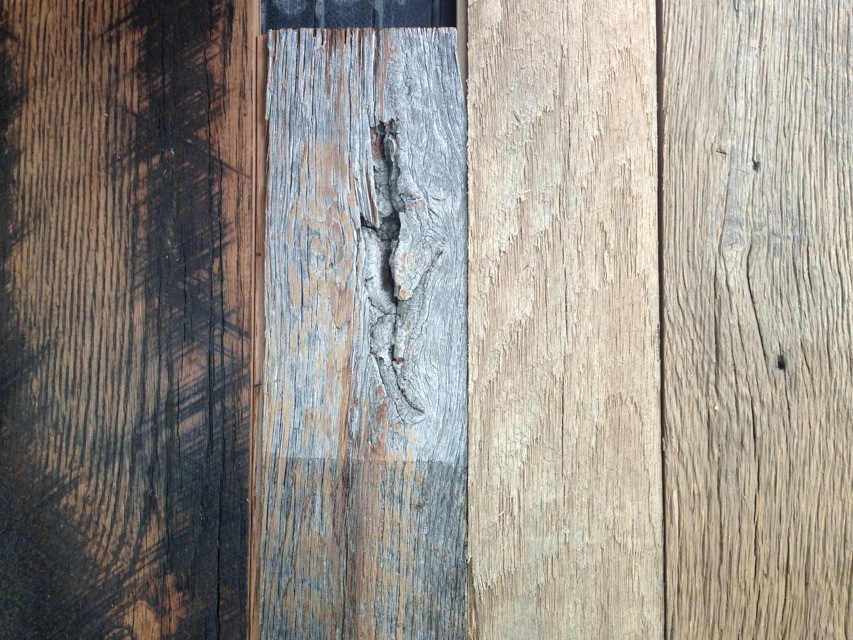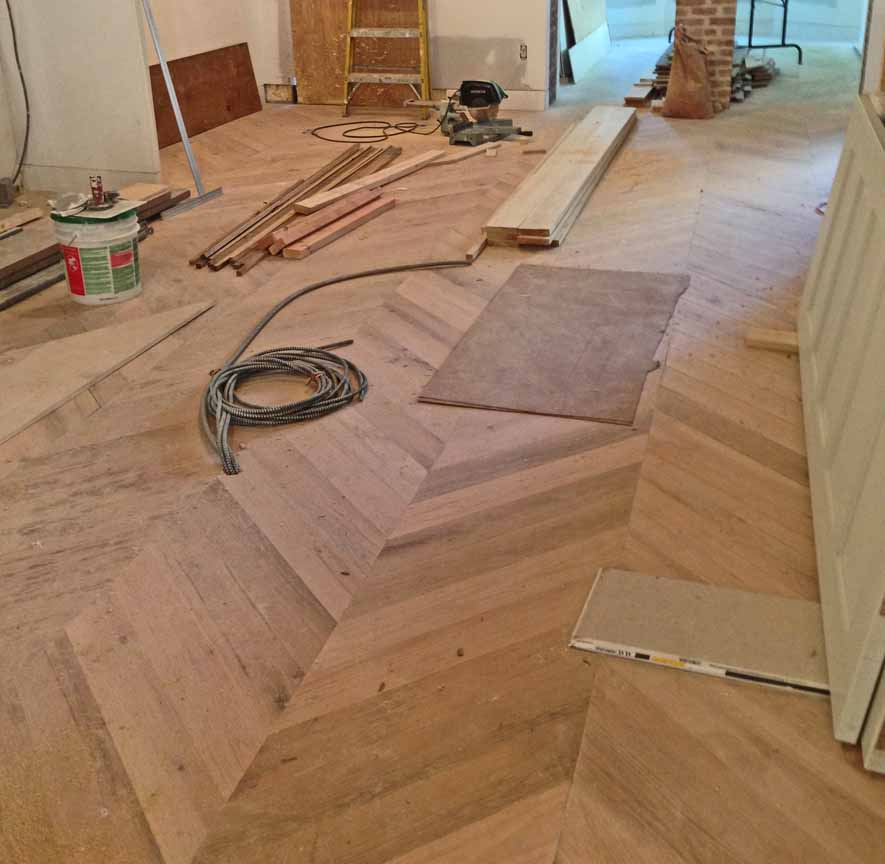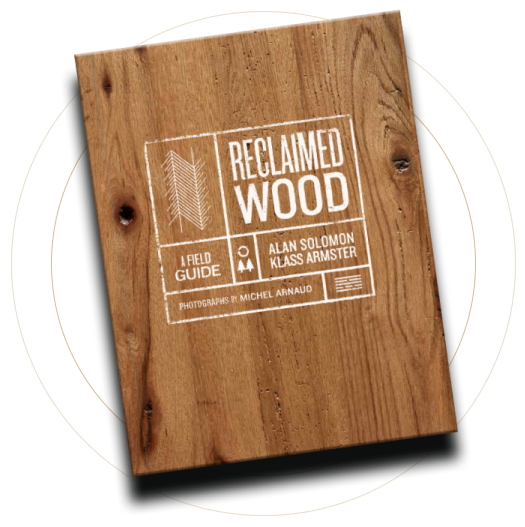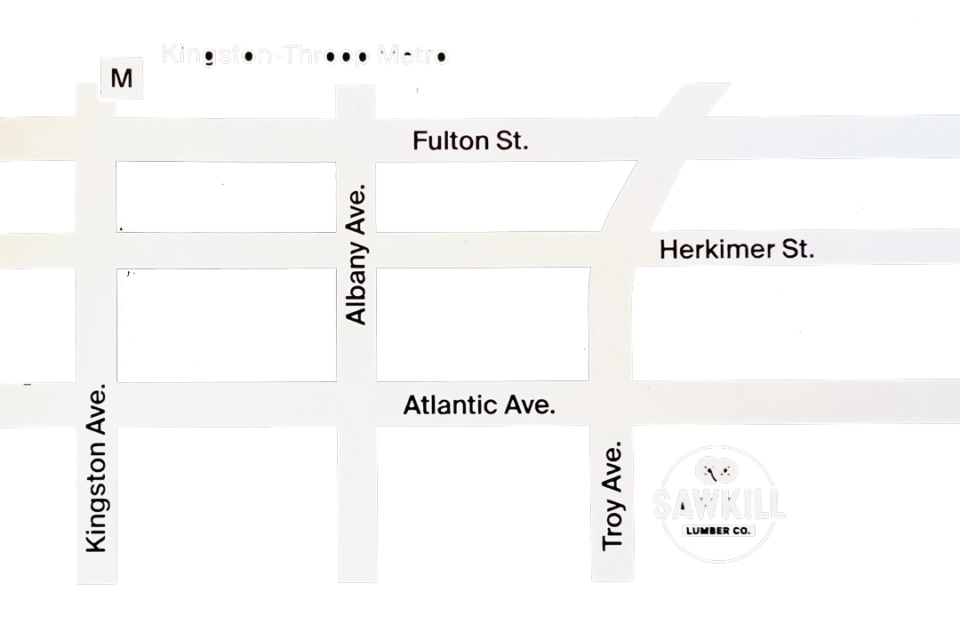 As not all chickens, cattle or goats look the same on the farm- not all reclaimed barn Oak ages to the same color and texture. Shades of grey and brown, circular or straight sawn, nail holes, stress cracks and knots – not to mention finishes – can all determine a wide range of surfaces. And since these qualities are only manufactured by time and nature, it’s hard to match a design vision right off the shelf. But often, the woods chosen can realize something different, and equally beloved.
As not all chickens, cattle or goats look the same on the farm- not all reclaimed barn Oak ages to the same color and texture. Shades of grey and brown, circular or straight sawn, nail holes, stress cracks and knots – not to mention finishes – can all determine a wide range of surfaces. And since these qualities are only manufactured by time and nature, it’s hard to match a design vision right off the shelf. But often, the woods chosen can realize something different, and equally beloved.
barn wood
Work in Progress – Reclaimed Herringbone Oak
 The Herringbone pattern – named for it’s resemblance to the scales of a fish – extends to ancient Egypt, so it’s refreshing to see modern updates, especially with the use of reclaimed wood. Here, a slightly bolder width and the retained character of salvaged tobacco barn Oak revitalize the pattern with warmth and sustainability within a local Passive House.
The Herringbone pattern – named for it’s resemblance to the scales of a fish – extends to ancient Egypt, so it’s refreshing to see modern updates, especially with the use of reclaimed wood. Here, a slightly bolder width and the retained character of salvaged tobacco barn Oak revitalize the pattern with warmth and sustainability within a local Passive House.


